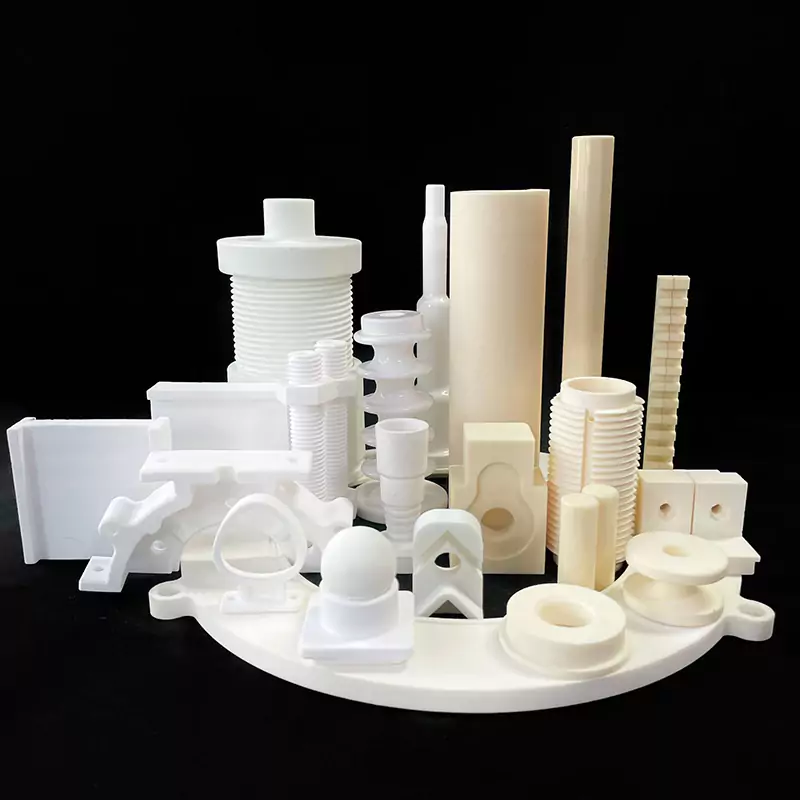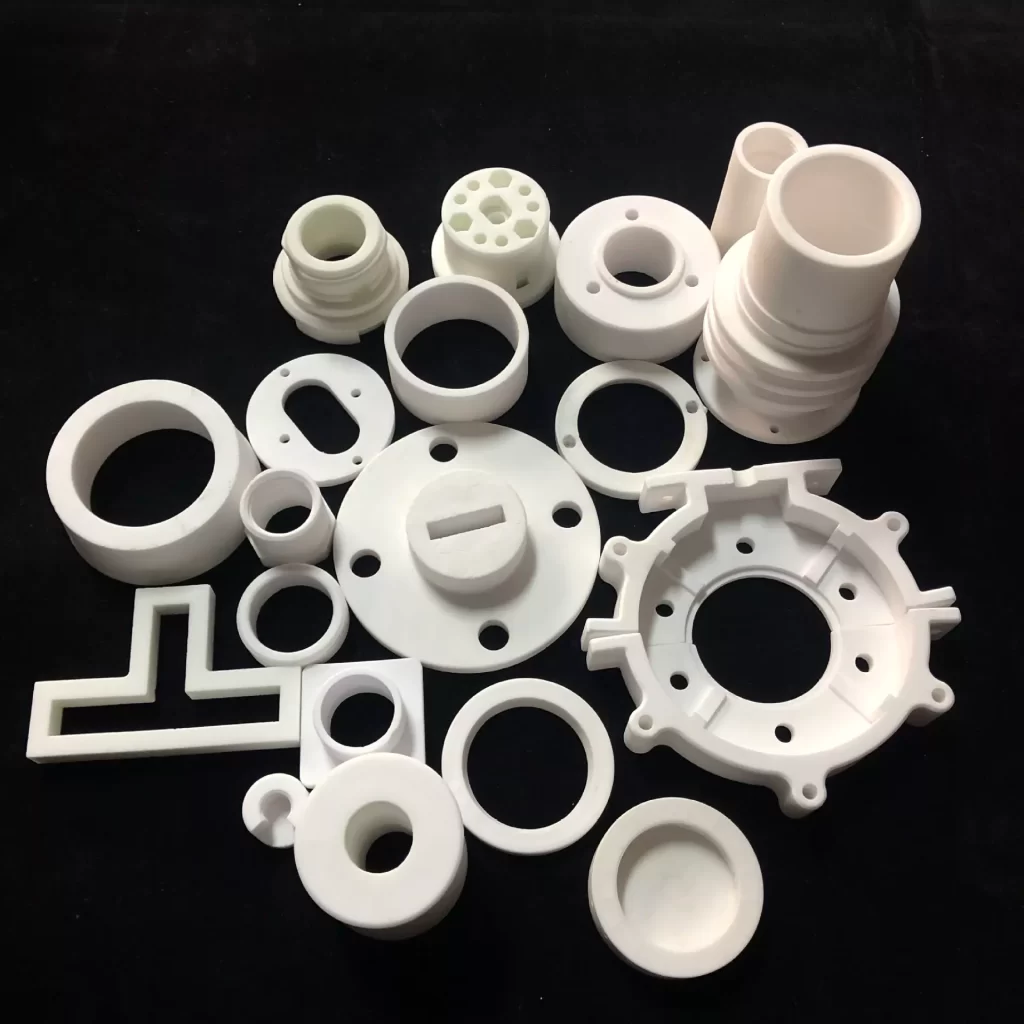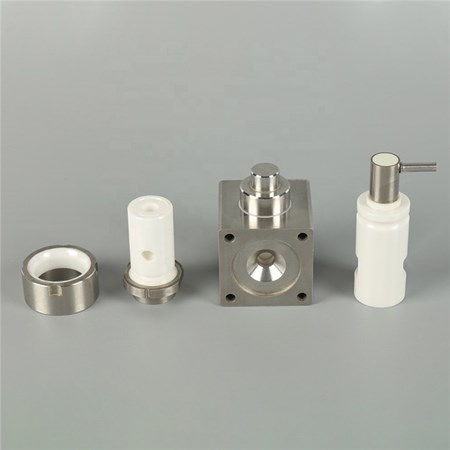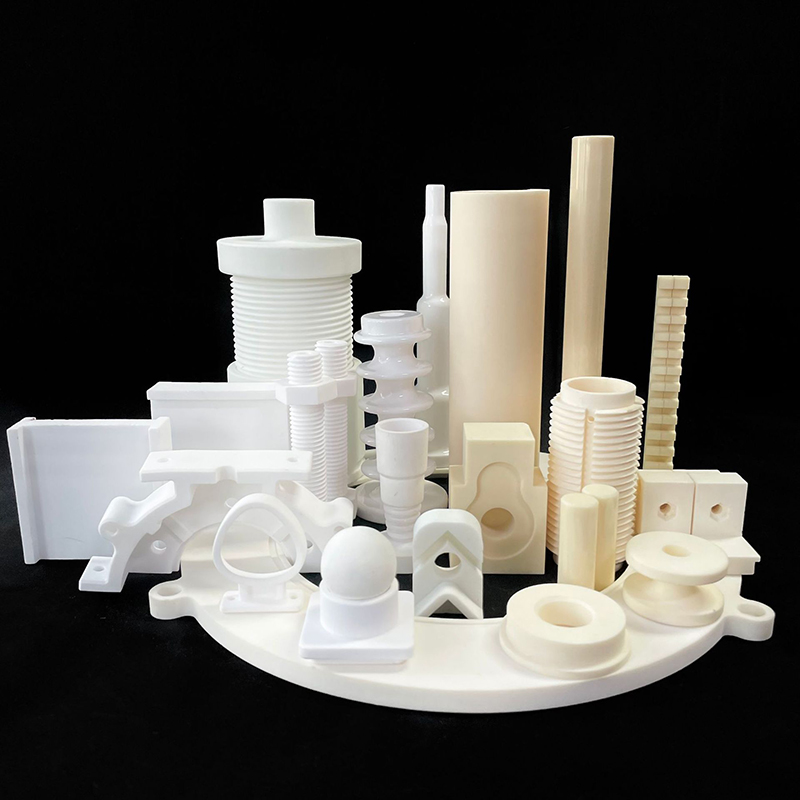Applications of alumina ceramics
Alumina ceramics possess excellent physical and chemical properties, leading to their wide-ranging applications across various fields. Some primary applications include but are not limited to: Electronics and Semiconductor Industry: Used in the manufacturing of integrated circuits, semiconductor substrates, sensors, capacitors, and other electronic components due to their outstanding insulating properties and chemical stability. Abrasives and …




